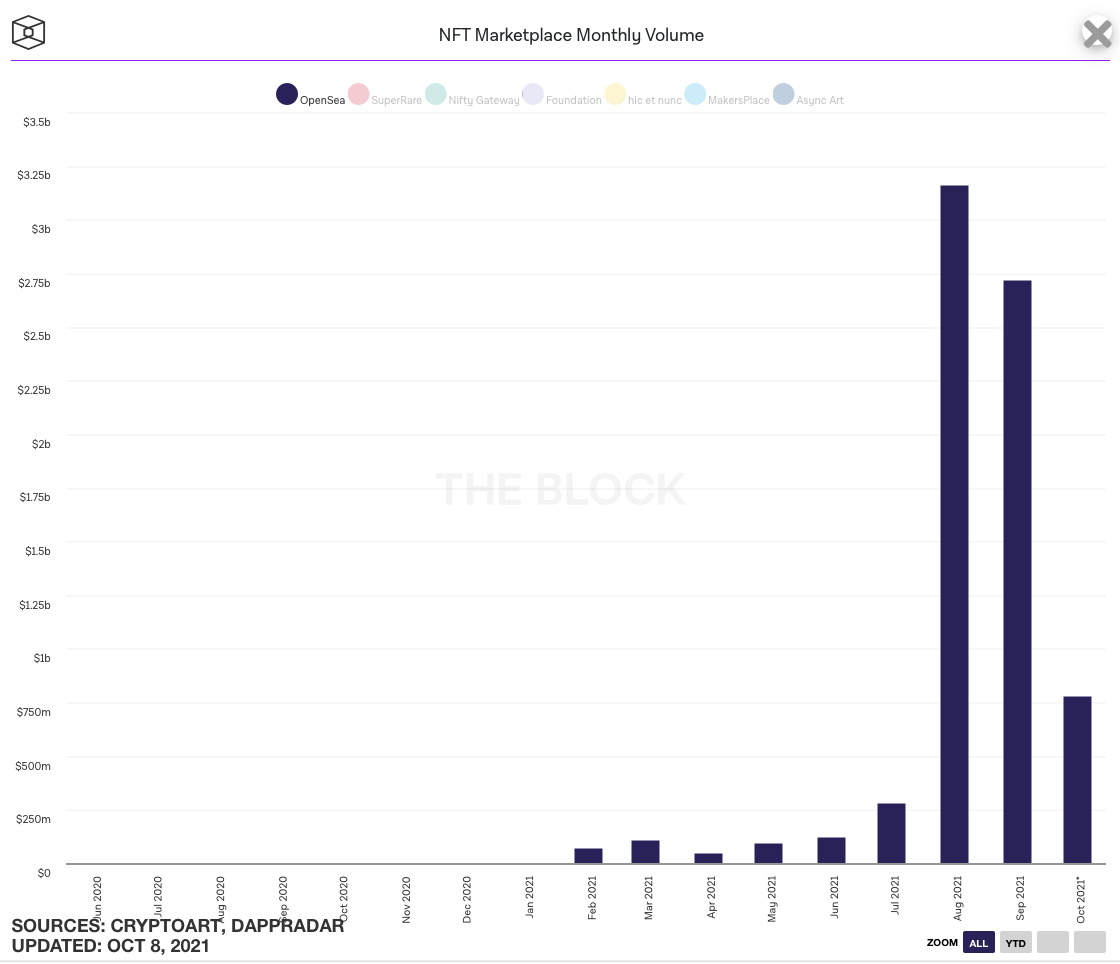It was on the sidelines of the World Economic Forum in Davos, Switzerland, in January 2018 that a young entrepreneur from the People’s Republic of China came up to me and said, “I really liked what you said during your panel. Would you like to be regional COO of our blockchain company?” It was a strange way of onboarding but bitcoin was at $20,000 and, because I was on sabbatical, I answered with an emphatic “Yes.” We settled on an adviser role for a few months, and so began my mad dash into the “space.”
This post is part of CoinDesk’s universities package. James Cooper is professor of Law and Director of International Studies at California Western School of Law in San Diego, where he recently served as associate dean of Experiential Learning.
In fairness, I knew a little bit about disruptive technologies but dove into the rabbit hole, reading white papers, listening to podcasts, practicing questions like, “What’s your transactions per second?” and using expressions like, “We can build a dapp for that.” Frankly, I learned that business development people, marketing gurus and alignment specialists who did not have engineering backgrounds knew about as much as I did.
It was classic “learning by doing,” a methodology I had pioneered for two decades building trial advocacy and other skills training programs for the legal reform movement that had swept Latin America as it returned to democratic governance. Leapfrog technologies like case management software, ballistics and DNA testing were revolutionary as that continent transitioned from the Inquisitorial model to the adversarial model in criminal procedure. But nothing prepared me for the baptism by fire that I encountered in the blockchain sector.
Having trained as a lawyer was of great assistance, particularly because so many blockchain enthusiasts and entrepreneurs may have been simultaneously breaking securities law, immigration law, corporate law, tax law and labor law. It was like one big issue-spotting examination. But the technical issues were far beyond my comfort zone. For that I relied on my new mentor, my boss from China who was literally half my age. Working with him was part Master’s degree in disruptive industries, part cultural competencies crash course, and part internship in Chinese regulation. He taught me about POW, POS, PBFT and a host of other acronyms that transcended continents, economic models and generation gaps. I taught him how to tie a Windsor knot for his formal look, something we needed to do even if we were in this sector. The bankers, lawyers, accountants and foundation presidents we met still liked formality.
Read more: Do You Need to Go to College to Get a Job in Crypto? | David Z. Morris
For years, the dynamics behind the supply chain involving China could have meant that some child laborer was involved in the manufacturing process. This story is the opposite. Up until two weeks ago when China finally banned all things crypto – although the truth is that the authorities there had long banned the industry – the kids from China have not just been making our consumer goods, but creating the foundations for the Fourth Industrial Revolution. And they were readying their generation to lead it.
The work hours were almost the same as the Shenzhen sweatshops of old – grueling days, but Eric, then 27 years old, did not toil away for a few dollars a day; as the company’s CTO, he was leading software developing with teams around the globe. Suddenly, he was thrust into the role of CEO and our timetables got even shorter. We would pitch our team as networking from Beijing, Boston and Bangalore although the Indian team was really working out of Jaipur. Alliteration sells.
We scoured the globe for engineering teams in Bosnia-Herzegovina and Vietnam, to no avail. Technology was fast eclipsing finance, giving an advantage of technology-centric leadership rather than the money folks calling the shots. At the Cardinal Pitch Club at Stanford University’s Faculty Club in March 2018, everyone confirmed that funding was not an issue confronting emerging technology startups – getting the right technologists was. It was no surprise then that signing bonuses were de rigueur and competition among projects intense. So was burnout.
These new kids on the blockchain were the rock stars of their generation. They were in their late 20s and early 30s, smart, beautiful and rich – well, much of it in crypto. They did not think twice about going to an airport and getting on a plane to Shanghai, Singapore, New York or Davos without advanced airline reservations. They had not yet arrived at the stage of throwing TV sets out of hotel windows, but I did encourage it a few times. Even electrical engineers need to let loose every now and then. These kids did not have a tattoo among them. There was no time for such needless diversions. They had some coding to do.
Read More: The Top Universities for Blockchain by CoinDesk 2021
For the rest of us, it was about helping organize and regularize their affairs – protecting the company’s intellectual property (even if much of it was open source), building culturally sensitive marketing plans that span the hemispheres and growing investor relations teams. The promise of going to the mainnet (an independent blockchain running its own network with its own technology and protocol), getting listed on an exchange or two and finding test cases to tout were sometimes not enough. In 2018, with every fraudster and their mother attempting an initial coin offering, many Silicon Valley law firms would not return calls from crypto startups, all of which were seen a potential problematic clients, even if they paid retainers on time. As the designated adult on the team (principally signaled by being a graying white guy with a salt and pepper beard), I could get us meetings, particularly because some of my former students were now partners at reputable law firms and others principals at venture capital firms and accelerator funds.
None of the folks with whom I worked are at the company now. There has been turbulent turnover, but the lessons learned have stuck: work hard, innovate and find a real problem that needs solving. None of that involved going to university or graduate school (except for the engineers). For those who do go, they are delaying the inevitable – doing it on the fly, hopefully with some ethics and professionalism. It is rarely like the simulations or case studies in the textbooks we use in class.
When folks ask me how to learn about the space and get one’s chops, I always tell them to find a mentor, especially one who is younger and from a land far, far away. I learned about hybrid consensus protocols and in exchange these kids learned how to fill out expense reports, engage with legacy technology leaders, encourage regulatory clarity and earn airline reward miles. What I came to understand about these young Chinese technology entrepreneurs is that they are huge fans of U.S. popular culture. When I suggested we title an event we were coordinating “This Ain’t Your Mama’s Blockchain,” a sister company leader answered me on WeChat with a simple “Dope.”
Go to Source
Author: James Cooper


